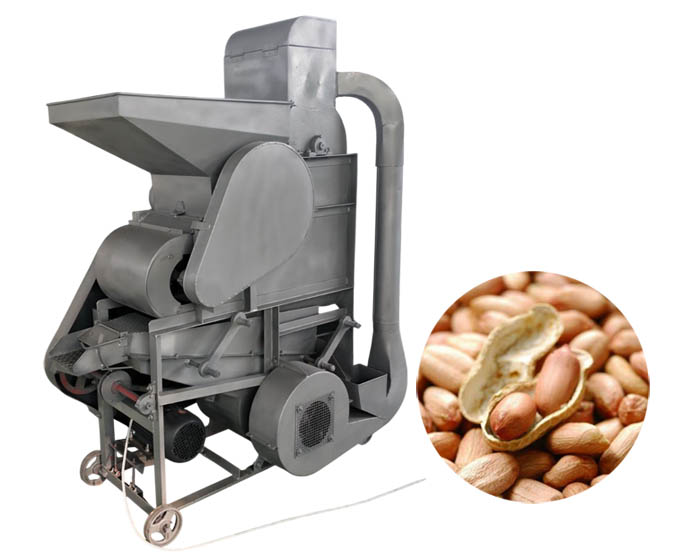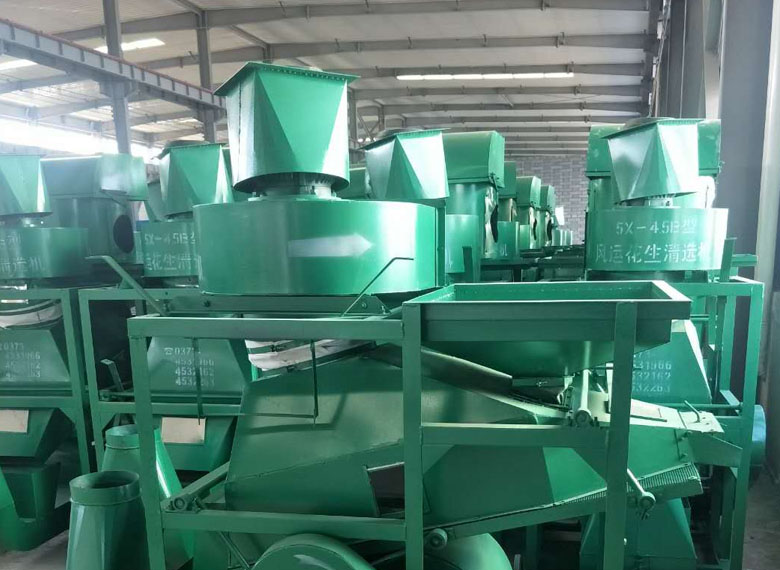The parameters of peanut shelling machine need to be adjusted according to the moisture content of peanuts
As an important cash crop, peanuts need to be shelled by a professional peanut shelling machine. However, because the moisture content of peanuts will directly affect the shelling effect, it is the key to ensure the work efficiency and quality by reasonably adjusting the equipment parameters when using the peanut sheller.

Why does the moisture content of peanuts affect the shelling effect?
The moisture content of peanuts is directly related to the hardness and toughness of the shell. Too dry peanut shells are easy to break, resulting in damage to nuts or excessive debris; However, too wet peanuts may lead to the adhesion of the shell, increase the difficulty of shelling, and even affect the normal operation of the machine. Therefore, adjusting the parameters of the peanut sheller according to the actual water content of peanuts is an important link to ensure the integrity and shelling efficiency of peanuts.
Methods of adjusting parameters:
1.Speed:
Rotating speed is an important factor affecting the shelling strength. For dry peanuts, the rotation speed can be reduced appropriately to reduce the damage of peanuts; For wet peanuts, the rotation speed can be appropriately increased to enhance the shelling ability.
2.Screen clearance:
The size of the screen gap determines the separation accuracy of peanuts and shells. Drying peanuts requires a slightly larger gap to prevent the peanuts from being broken due to extrusion; Wet peanuts need a small gap to ensure that the shells can be separated smoothly.
3.Wind power of fan:
The fan is used to blow away the light shell residue. For dried peanuts, the wind can be appropriately reduced to avoid blowing away the lighter peanuts; However, wet peanuts need strong wind power to ensure that the shells are thoroughly cleaned.
4.Feed rate:
The feeding speed should be adjusted according to the water content of peanuts and the load capacity of the machine. Drying peanuts can appropriately slow down the feeding speed to reduce the damage caused by excessive shelling; Wet peanuts need to be fed evenly to prevent clogging.
Pre-Shelling Best Practices
Before officially starting the peanut shelling machine, users are advised to simply test the peanut products to determine their water content. If conditions permit, peanuts that are too wet or too dry can be properly treated by sun exposure or ventilation to achieve the best condition. At the same time, check all parts of the machine regularly to ensure the normal operation of the equipment.
Adjusting the parameters of peanut shelling machine reasonably can not only improve the working efficiency, but also effectively reduce the loss of peanuts and improve the product quality. When operating, users should flexibly adjust the equipment according to the actual water content of peanuts, and constantly optimize the operation process in combination with experience, thus prolonging the service life of machinery and bringing higher economic benefits to agricultural production.

FAQ:
Q: What’s the ideal moisture content for shelling?
A: 8–12%. Use a moisture meter for precision.
Q: Can I shell freshly harvested peanuts?
A: Not recommended. Dry peanuts first to ~10% moisture.
Q: How often should I inspect my machine?
A: Before each use, plus monthly deep cleaning.
Contact us today to find the ideal sheller for your processing needs!
